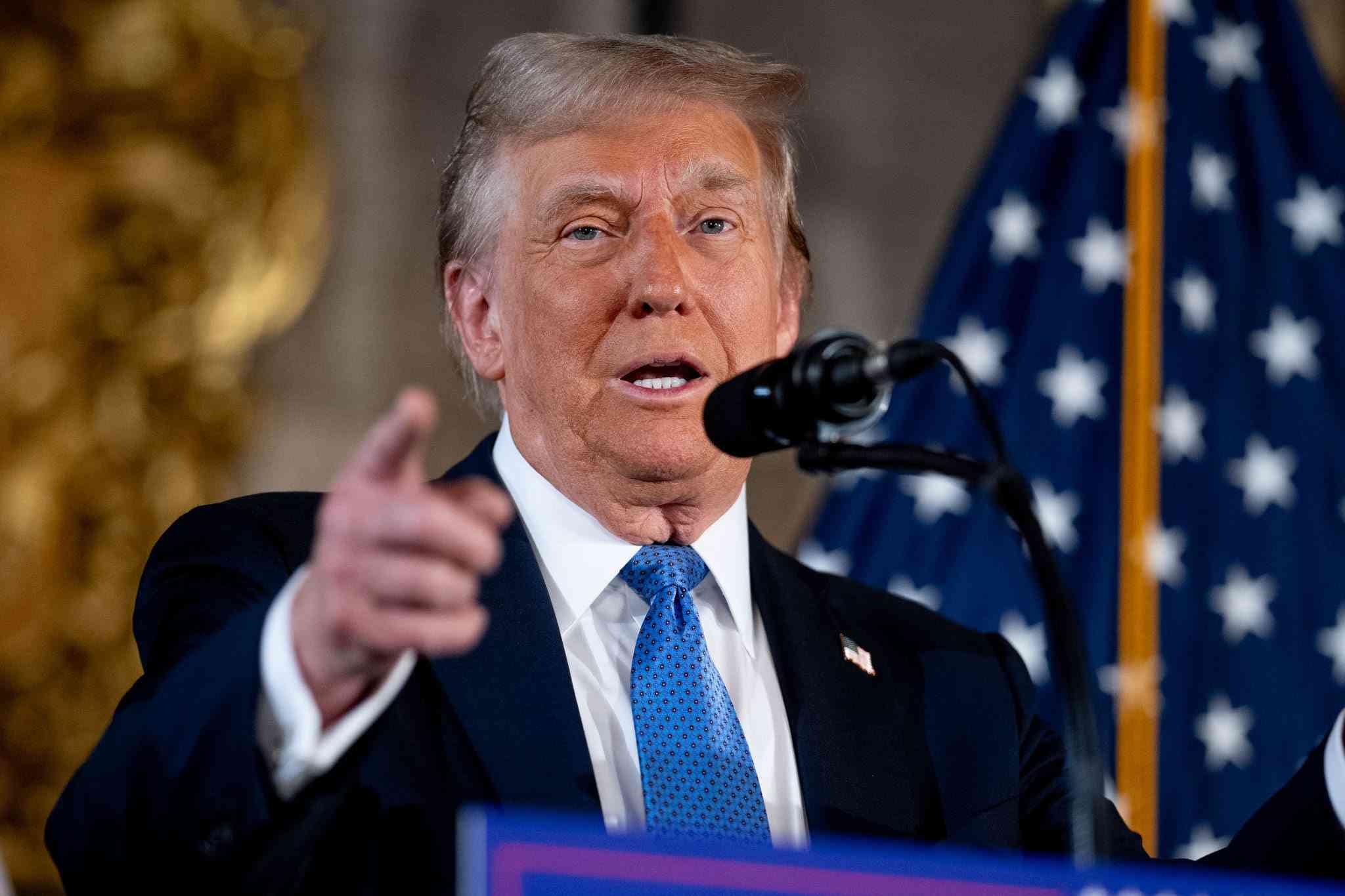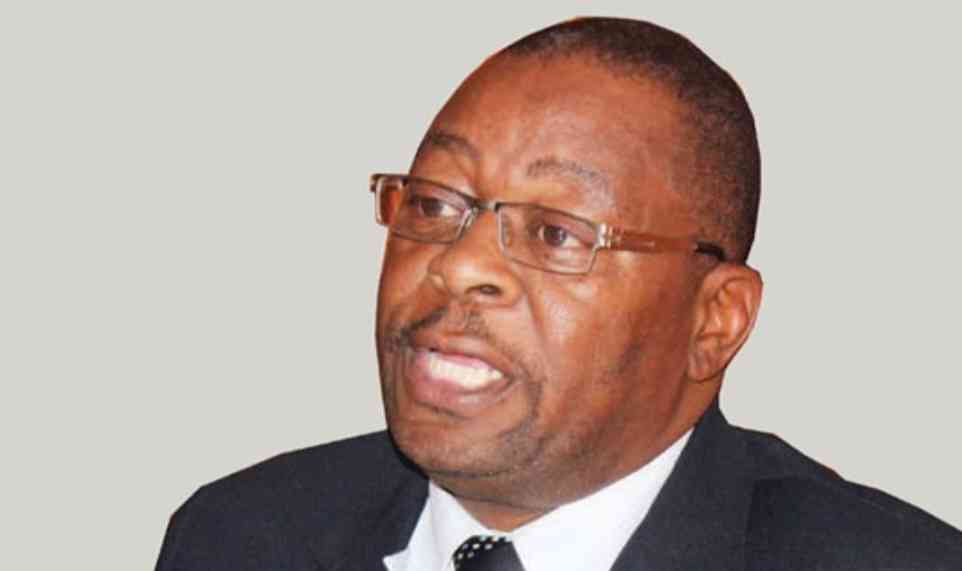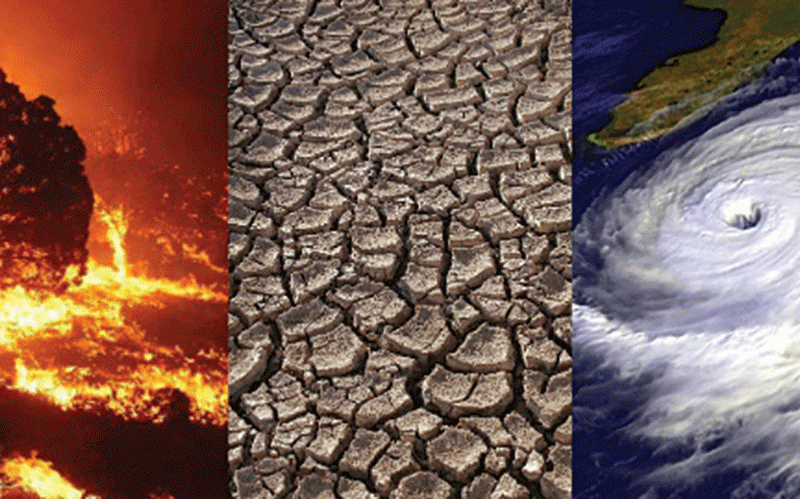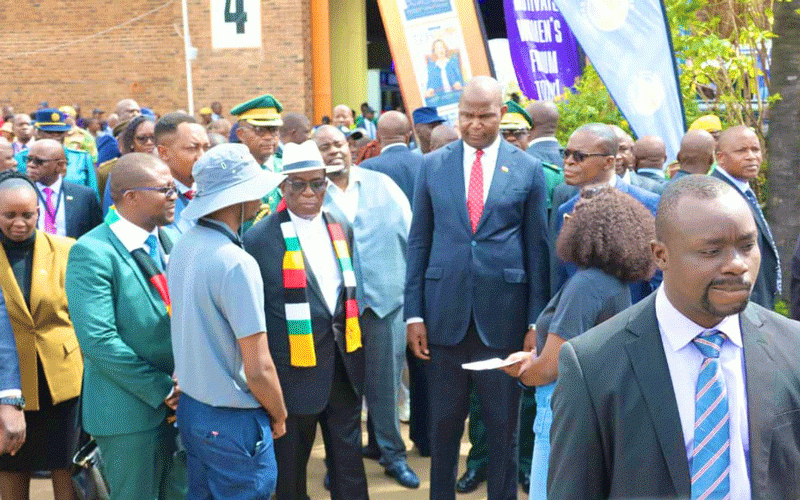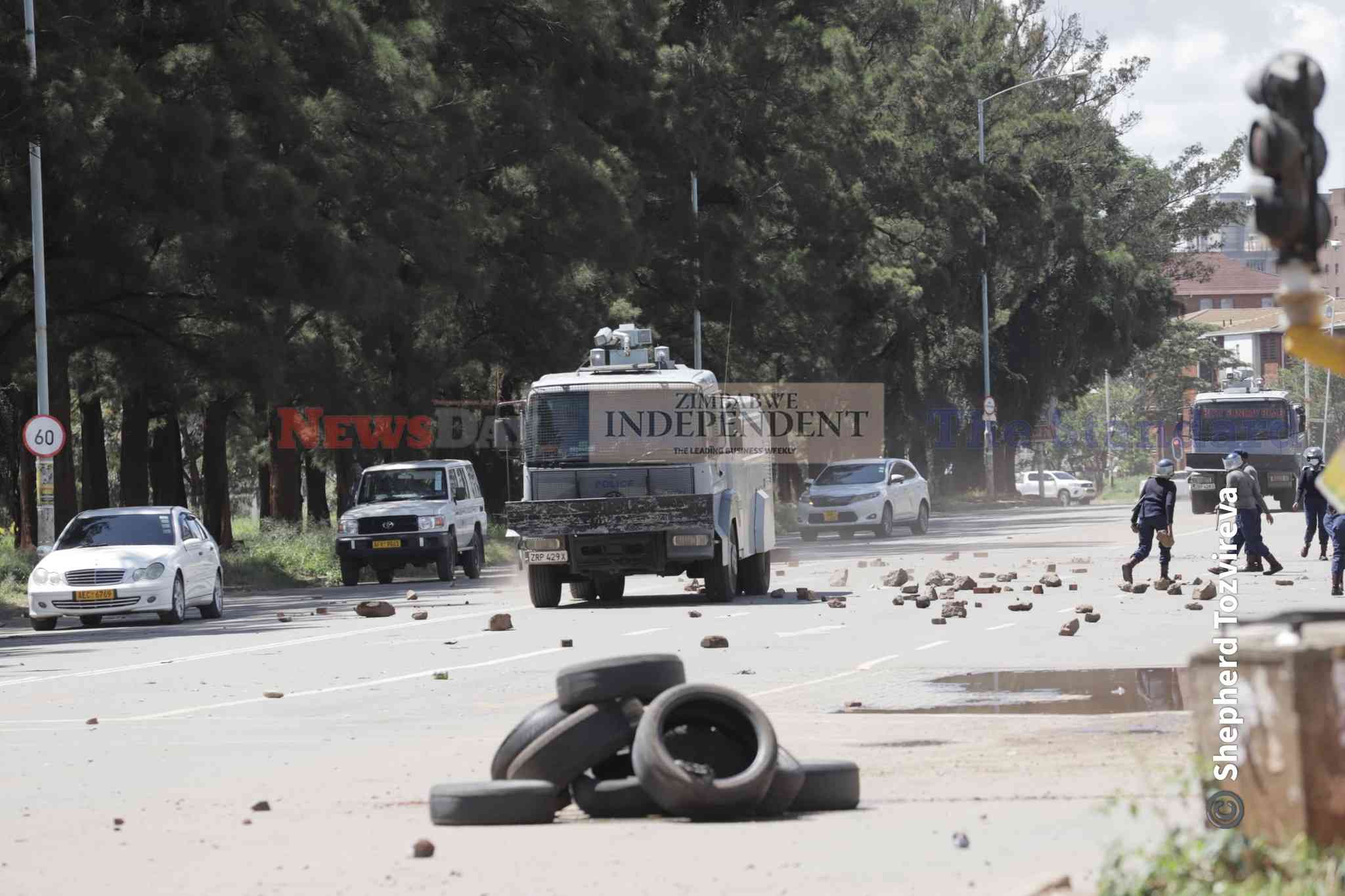
Driving across Harare’s central business district, Mbare West, and Chitungwiza, it was not easy to miss the heavy ambiance of fear.
The faces of the few citizens who dared go about their business were visibly filled with fear, frustrations, anxiety, and insecurity. It is March 31, 2025 and I dared to monitor the situational environment across Harare as the nation was waiting for the much anticipated anti-2030 protests. As we drove across the city with my colleague, we saw the many faces of fear and started reflecting on Zanu PF’s government fear machinery.
Zimbabwe, under the reign of the so-called second republic, is no stranger to fear's manifold faces - fear has become the very marrow in the bones of the state’s machinery of control.
From arbitrary arrests, illegal detentions, State surveillance, death threats, targeted violence, and political intimidation - fear, in Zimbabwe, is not merely a reaction but a strategy — an instrument wielded with precision to prolong the regime’s grasp on power, to silence the voices of civil society, and to instill a suffocating paralysis among the populace.
The Zanu PF government has employed fear in the form of political intimidation.
This is not the crude intimidation of a dictator with no regard for the subtleties of control, but a more insidious form, one that wears the mask of legality and civility.
The illegal arrests of opposition leaders, illegal arrest of journalists like Blessed Mhlanga, the orchestrated prosecution and persecution of civil society leaders and unionists, are all parts of a calculated strategy to create a climate of fear where no one is safe from the reach of the State.
The architecture of this fear is not built from concrete and steel, but from the invisible walls of 24/7 surveillance, and infiltration.
- Over 115 to exhibit at Mine Entra
- Young entrepreneur dreams big
- Econet bemoans power outages
- Govt opens ChiTown e-passport centre
Keep Reading
These are the other components of the 2nd Republic’s fear architecture. As Zimbabweans we are bound in what we, at ZimRights call, “authoritarian peace”.
This is negative peace and fear induced peace largely emanating from perpetual personal insecurity. This is also from the ever-present surveillance which watches, listens, and punishes those who voice their discontent. The fear machinery is not disorganized – No.
It systemic, deliberate, intentional, and a part of broader calculated efforts to incapacitate civil society, the critical mass, opposition and any potential avenues of mass mobilisation and community organising.
Fear is the tool used by the second republic to tear down the very fabric of public discourse, political consciousness and human rights mindfulness.
When journalists are arrested for merely doing their job, when activists are jailed for advocating for change, and when lawyers who defend the rights of the accused find themselves in the crosshairs of the state, the message is clear: speak out and you shall pay the price. This is fear weaponised as a silencer.
This culture of fear started in the first republic. The 2005 Murambatsvina; 2008 nationwide violence; August 2018 shootings; assault of opposition leaders; gruesome murder of Moreblessing Ali; and Bishop Tapfumaneyi. It is a reminder that the state can reach into any home, any workplace, any community, and exert untold harm.
The effect of all this has not just been the physical freedom of the individuals who are targeted, but the psychological freedom of the entire populace.
The fear machinery is also complex because the Zanu PF government plays the long game.
They have deployed fear not as the use of explicit violence alone; but as the trauma it leaves behind - the subtle erosion of will, and demobilization of the critical mass.
The Zanu PF government banks on the massive apathy that comes after. The authoritarian peace.
The Zanu PF government has honed this strategy over time, understanding that people will be reluctant to protest not merely because of the physical risks, but because of the psychological toll — the fear of what might happen next.
The Zanu PF government has mastered well the power to instill terror, to induce silence, and to create a population paralyzed by its own survival instincts
The effects of this fear culture are clear in the vicious cycle in Zimbabwe.
Civil society, in the traditional sense, has ceased to function effectively under the weight of this fear.
Civic leaders, activists and human rights champions who once rallied for the common good are forced into silence, their voices captured and drowned out by the threat of retaliation and death threats.
Media outlets that once prided themselves on their role as watchdogs now operate in a state of perpetual self-censorship.
Even the judiciary, which should serve as a bulwark against tyranny, becomes complicit in this orchestration of fear as courts are now sites where the law is bent to serve the interests of the state rather than the people and justice.
I remember vividly the aura of fear that was in the court room on Friday, March 21 when High Court judge Justice Gibson Mandaza denied Blessed Mhlanga bail.
The ramifications of fear as a tool for capturing the judiciary are profound.
The erosion of judicial independence undermines the rule of law, leading to arbitrary governance and widespread human rights abuses.
Citizens become hesitant to seek legal recourse, fearing that the courts will not provide fair hearings or justice. This further entrenches a culture of impunity, where state actors operate without accountability.
The ultimate question, then, is whether this reign of fear can endure forever. History, as it often does, reminds us that fear is not an eternal force.
The spirit of defiance may lie dormant for a time, but it cannot be suppressed indefinitely.
Generation Z in Kenya and Mozambique proved it. As Zimbabwe and Zimbabweans, we need to confront our fears. We need to be-head the many faces of fear.
*Phillip Nyasha Fungurai is a learning and innovation catalyst with the Zimbabwe Human Rights Association (ZimRights). The views in this article are his personal opinions. He can be contacted at phil@zimrights.org.zw

